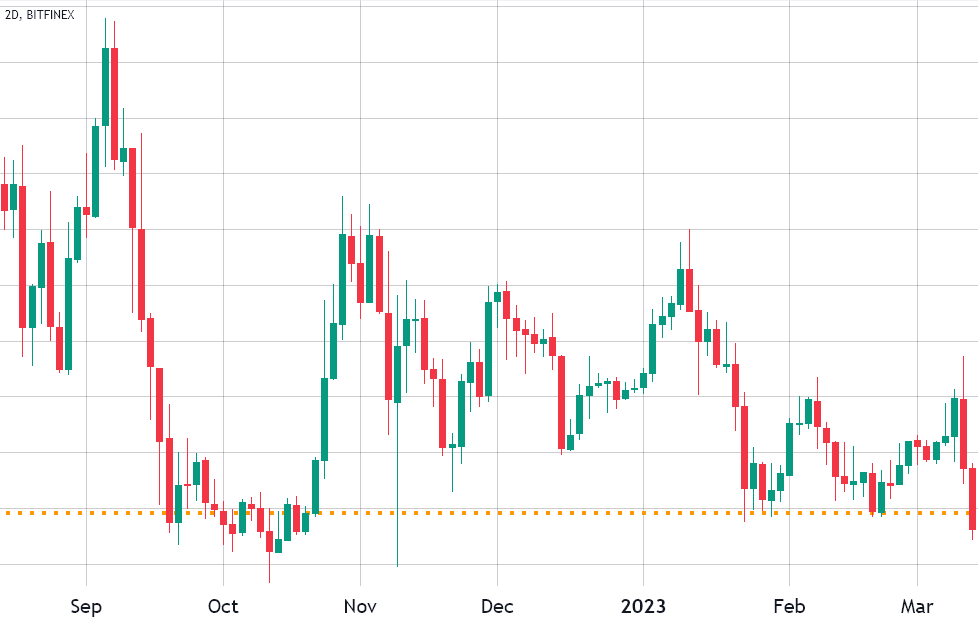Ethereum price reaches lowest level relative to Bitcoin in 5 months

The previous six months should have been extremely beneficial to Ether’s (
The 25% delta skew is a telling sign showing when market makers and arbitrage desks are overcharging for upside or downside protection. In bear markets, options investors give higher odds for a price dump, causing the skew indicator to rise above 8%. On the other hand, bullish markets tend to drive the skew metric below -8%, meaning the bearish put options are in less demand.
On March 3, the delta skew crossed the bearish 8% threshold, indicating stress among professional traders. The fear levels peaked on March 10, when the price of Ether plummeted to $1,370, its lowest level in 56 days, although the price of ETH rebounded above $1,480 on March 12.
Surprisingly, on March 12, the 25% delta skew metric continued to rise, reaching its highest level of skepticism since November 2022. It happened just hours before Ether’s price rose 20% in 48 hours, which explains why ETH traders shorting futures contracts faced $507 million in liquidations.
The 3% delta skew metric currently signals a balanced demand for ETH call and put options. When combined with the neutral stance on the ETH futures premium, the derivatives market indicates that professional traders are hesitant to place either bullish or bearish bets. Unfortunately, ETH derivatives metrics do not favor traders expecting Ether to reclaim the 0.068 level against Bitcoin in the near term.
The views, thoughts and opinions expressed here are the authors’ alone and do not necessarily reflect or represent the views and opinions of Cointelegraph.
